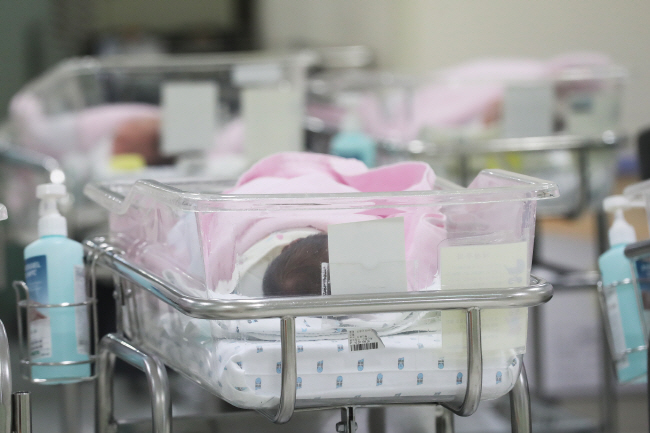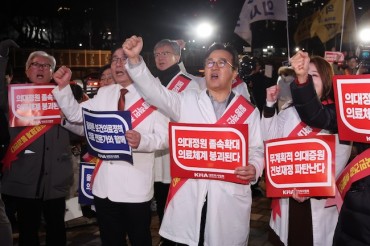SEOUL, Oct. 16 (Korea Bizwire) — Recent statistics have shown that those in the higher income classes have advantages in terms of overcoming infertility and realizing childbirth than those in lower income classes.
A research team from the Ajou University Hospital analyzed 10,108 infertile women aged between 20 and 39 registered in the National Health Insurance Service’s cohort database.
The analysis showed that the birth success rate converted into 100 person-years rose along with income level.
High-income women recorded a 31.9 percent success rate, followed by middle-income women at 23.8 percent and low-income women at 12.3 percent.
The person-year is a concept that combines the different observation period of each individual, better reflecting the time dimension than a simple ratio.
“The gap in the ability to pay for artificial pregnancy surgery after receiving infertility diagnosis widens the gap in childbirth rate between the higher income class and the lower income class,” said Shin Jae-yong, the Ajou University professor who led the research.
Even after failing in natural pregnancy for one year and receiving an infertility diagnosis, it is possible for women to give birth after an improvement in physical health, artificial insemination or test-tube baby surgery.
The research team, however, pointed out that the cost of such surgical procedures is too expensive, making it difficult for those in the lower income class to even consider such options.
The non-insurance cost of the test-tube baby surgery is estimated at about 6 million won (US$5,230). Even when it’s covered by insurance, the out of pocket cost is estimated at about 2 million won.
Despite being so expensive, the success rate of the test-tube baby surgery remains low at about 20 percent in South Korea, making it difficult for low-income couples to take the risk.
Lina Jang (linajang@koreabizwire.com)







